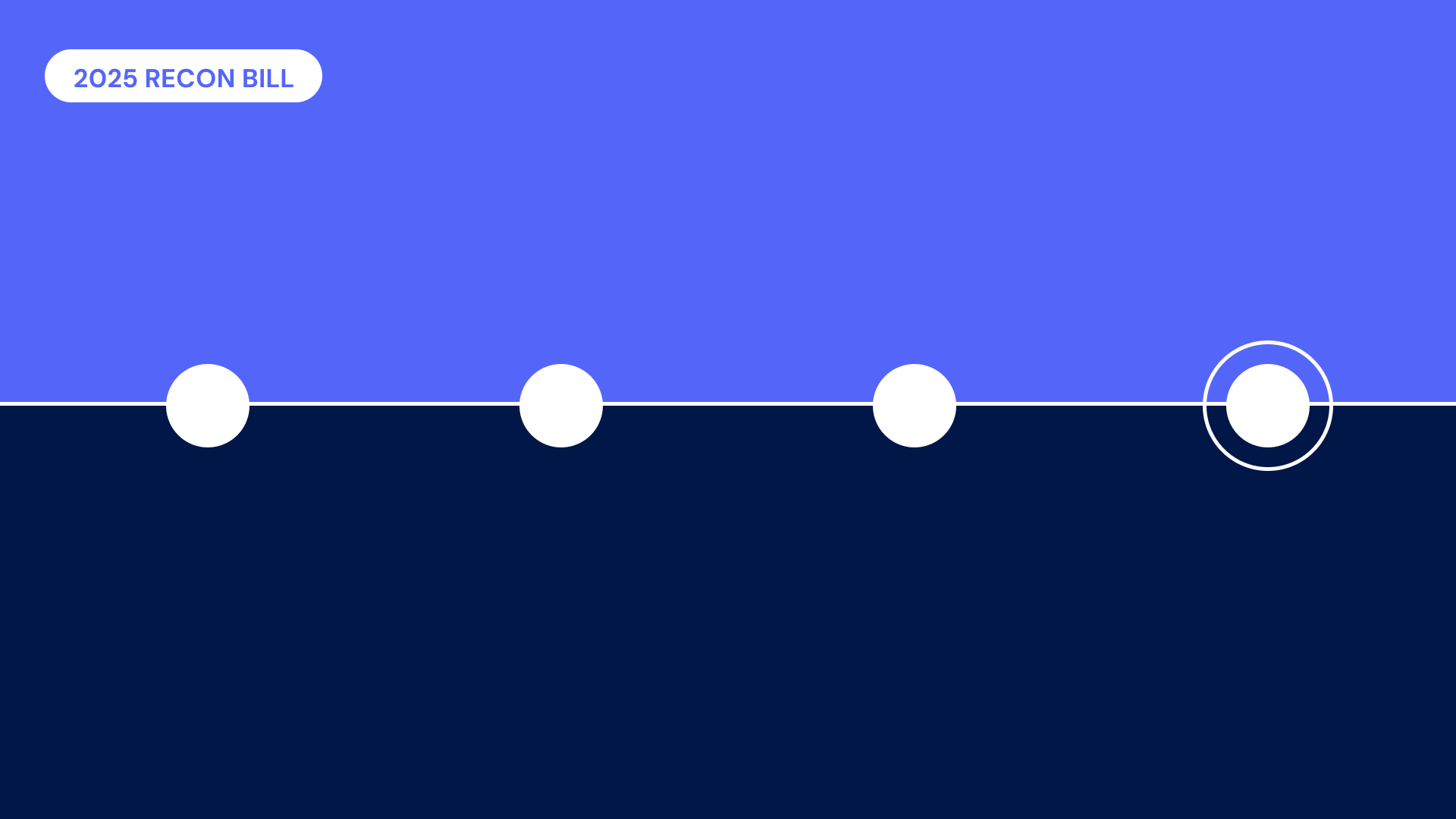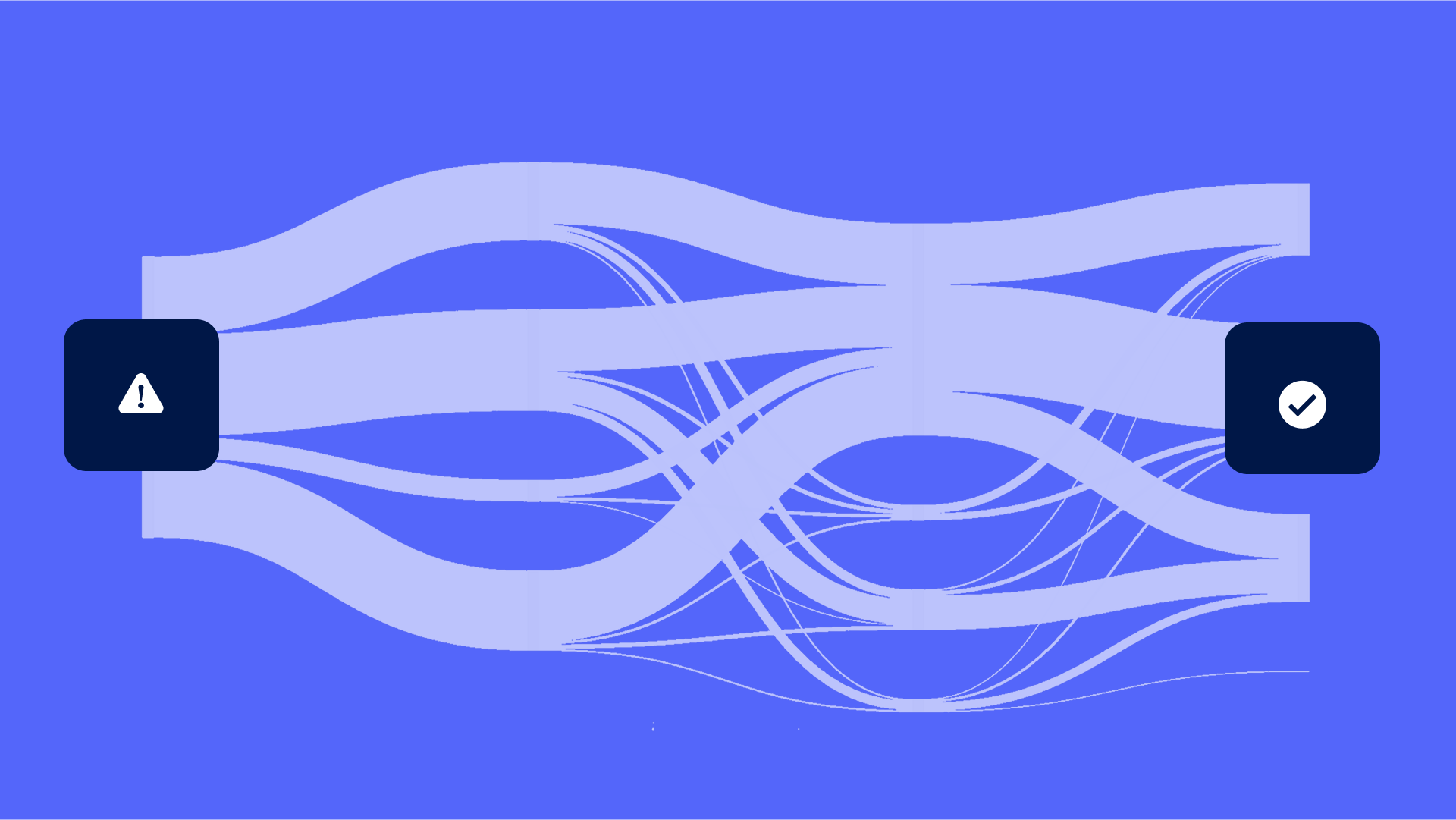In the healthcare journey, ideal outcomes for both patients and providers are based on trust. Mutual trust—which is built over time—is a critical element in the patient-provider relationship, improving patient engagement, loyalty and retention.
At Cedar, our teams of designers, data scientists and product managers use data to understand how we can cultivate trust with patients and help them reach the best financial outcomes.
Based on extensive research, interviews and data, we’ve segmented the most common Millennial behavioral patterns into archetypes (for more on that, check out our blog on the four different archetypes). This enables us to tailor many aspects of the healthcare consumer financial journey to the specific attributes of a patient, rather than employing a “one-size-fits-all approach” to optimize trust and increase engagement.
Avoiding “fight or flight”
One of our most common archetypes is the “Hustler.” As a low-propensity-to-pay group that skews younger, Hustlers are paycheck-to-paycheck patients who want to do the right thing and pay their bills, but usually spend money where they can see and use it. When they can’t immediately pay their balances, they’re often unprepared and overwhelmed, and adopt a “fight or flight” mindset. Getting a medical bill in the mail leaves them anxious and stressed, causing them either to avoid dealing with it entirely, or delaying payment and hoping for an eventual balance reduction.
Meanwhile, the clock is ticking on the time to face collections. This is a worst-possible outcome for providers and patients alike, but it’s by no means a foregone conclusion. With the right communication methods it’s possible to help move the needle toward resolution, resulting in a win for everyone.
Testing the impact of empathy
In looking at the data around our communications and patient outreach, we asked ourselves how we might decrease the stress that occurs during the dunning cycle in order to nudge Hustlers and help them avoid being sent to collections.
After consulting with an FBI hostage negotiator, we created emails that use empathetic language aimed at deactivating the so-called “lizard brain” of Hustlers—the primitive part of the brain focused on survival, activated by fear—and getting them to engage with communication in a timely way. This meant eliminating language that might be perceived as invasive or threatening, and instead using gentle reminders and guiding Hustlers to positive outcomes that would encourage them to resolve their balances.
While traditional emails tend to employ a “just the facts” approach by highlighting the specific details of a medical visit (date, time, procedure, balance, etc.), there are several problems. For example, the information is sparse and the language is cold and impersonal. Patients feel they are just a number in the system, rather than someone with specific needs. That lack of warmth in communication is a glaring error in a moment when empathy is needed most.
Recognizing the problem, we decided to experiment with the tone of our copy. Along with basic bill details, we used compassionate language to convey support (“we’re here for you”) and name the emotions a user might be feeling (“medical bills can be overwhelming”). By helping them feel understood, we hoped to create an emotional connection and motivate them to resolve their bill in a way that was most convenient to them. Yet we also sought to open the lines of communication (“talk to us”), letting them know that we could figure out a solution collaboratively, if needed—and assure them that they’re not in it alone. And we emphasized flexible payment plan options, like the ability to pay less up front.
After an optimization program involving 60,000 patients over 25 weeks, we found that our updated copy and design resulted in a 3% increase in payments for low propensity-to-pay patients (i.e. our Hustler segment), largely attributable to the payment plan option.
Encouraged by these results, we’ve since launched a set of testing and optimization programs to target the Hustler archetype and will test the effectiveness of communicating in a progressive, empathetic way via email and text throughout the billing cycle. Rather than sending communications that could be perceived by this archetype as threatening, we’re aiming to de-escalate triggering moments, foster meaningful engagement and achieve better patient outcomes.
Toward a consumer-centric billing experience
For far too many patients, paying healthcare bills is a confusing and alienating experience. While we aim to improve financial results for clients, we believe it’s imperative to offer a financial experience for patients that’s empathetic, helpful, personalized and actionable throughout the dunning process—beyond being merely transactional.
At Cedar, we’re in a constant iterative cycle of building consumer-centric healthcare solutions, measuring success, testing new interventions to make improvements and analyzing the data. This Hustler-focused project was just one of several optimization programs; we’re always looking to tap data for insights into building ever-improving best-in-class digital experiences.
That being said, every consumer brings a unique perspective, set of experiences, preferences, emotions and a million other variables to the table when engaging with their medical bills.
And providers have a vast wealth of tools and insights to tap to ideally engage patients. It’s important to know that each user may have different motivations, and the correct mixture of incentives and surfacing consequences can be useful, but surfacing consequences tends to work better when it’s shown how to avoid them. Likewise, offering different payment methods gives users flexibility to find a solution that works best for them. And lastly, the right visuals and copy enables providers to put patients at ease by showing that they are here to help.
Empathetic messaging might seem antithetical to an effective payments strategy. But user data makes it clear that tone and language matter, and that a softer approach leads to better financial results. Along with increasing patient payments, these communications can lower administrative costs and improve operational efficiency—while also giving patients peace of mind, enhancing satisfaction and building trust. Simply put, a thoughtful and nuanced consumer-centric billing experience results in stronger relationships, more revenue and a positive experience for all. A little kindness goes a long way indeed.
Yohann Smadja is Head of Data Science at Cedar



